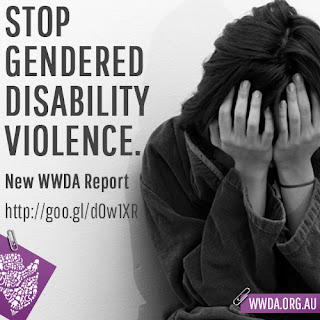Is ‘Disability’ a feminist issue?

Introduction Disability rights is a conversation often neglected within Australian policy, culture and academia. Just like intersections of gender and race, disability is another marginalised group which experiences varying forms of disadvantage. Similarly, disability is recognised as a social construct (Frohmader & Salthouse, 2004). [1] Globally, 1 in 7 people (1 billion) live with disabilities. Although people with disabilities have the same general health needs as people without disability, they are: [6] 2 times more likely to receive inadequate health care 3 times more likely to be denied health care 4 times more likely to be treated poorly in the health care system In Australia, 20% of the female population live with disabilities. Due to the intersecting categories of gender and disability (and any others e.g. race, class), women with disabilities are found to experience double-discrimination. This results in women with disabilities as experiencing higher levels of...


